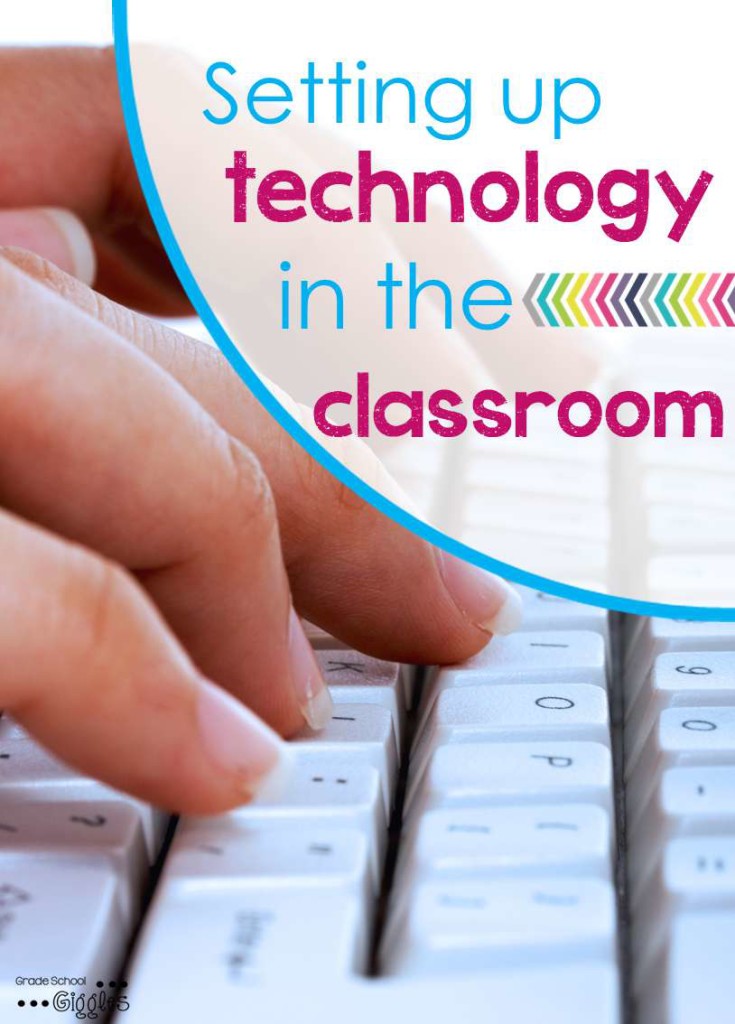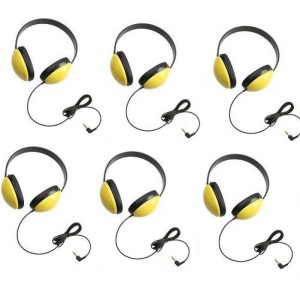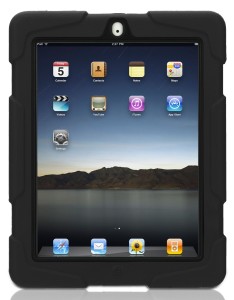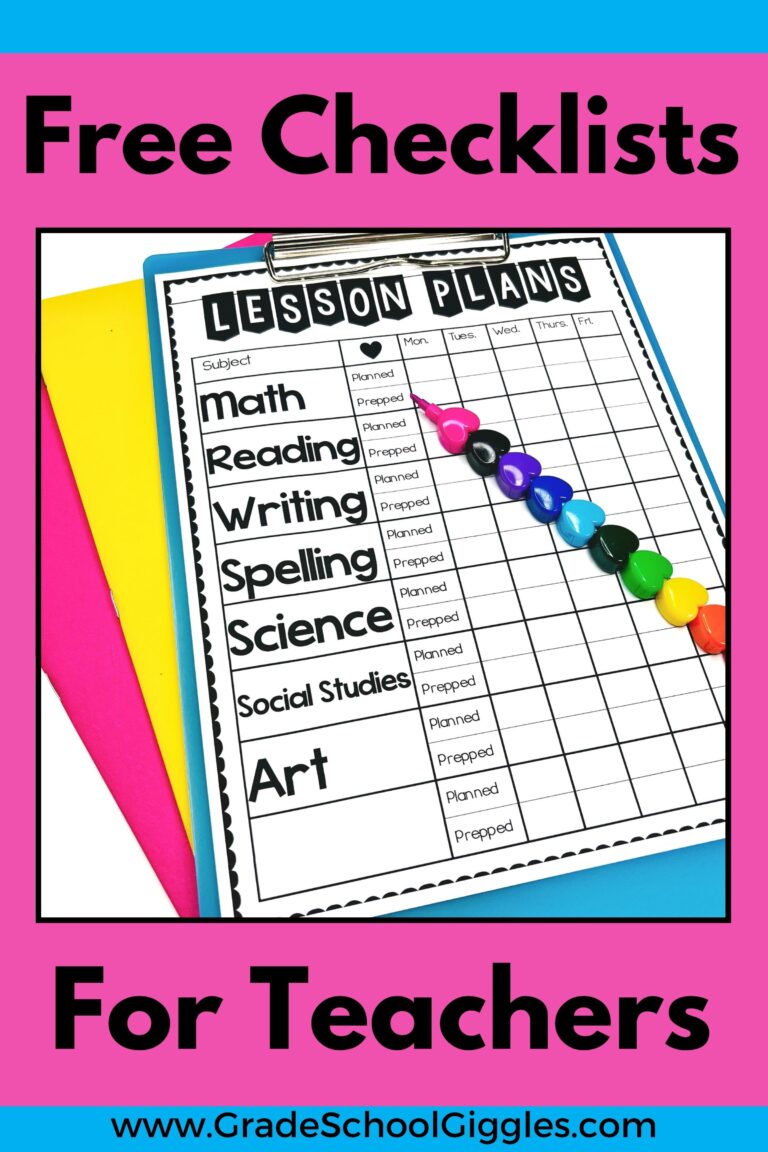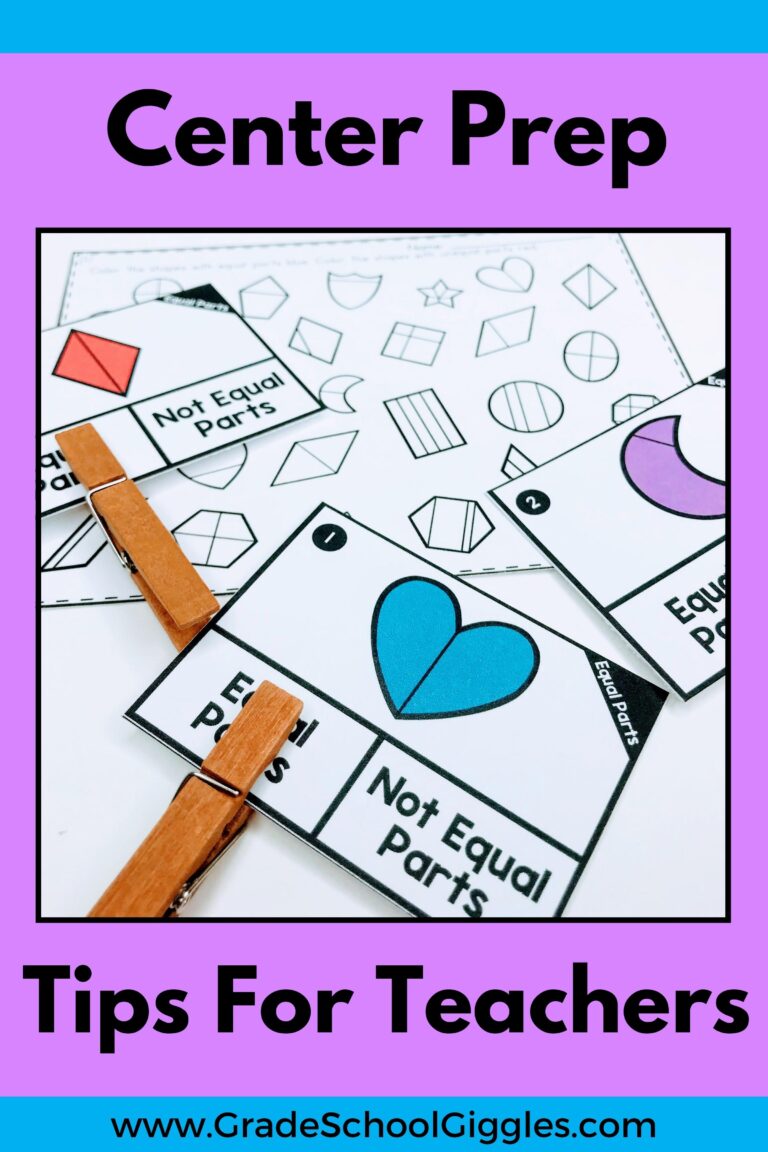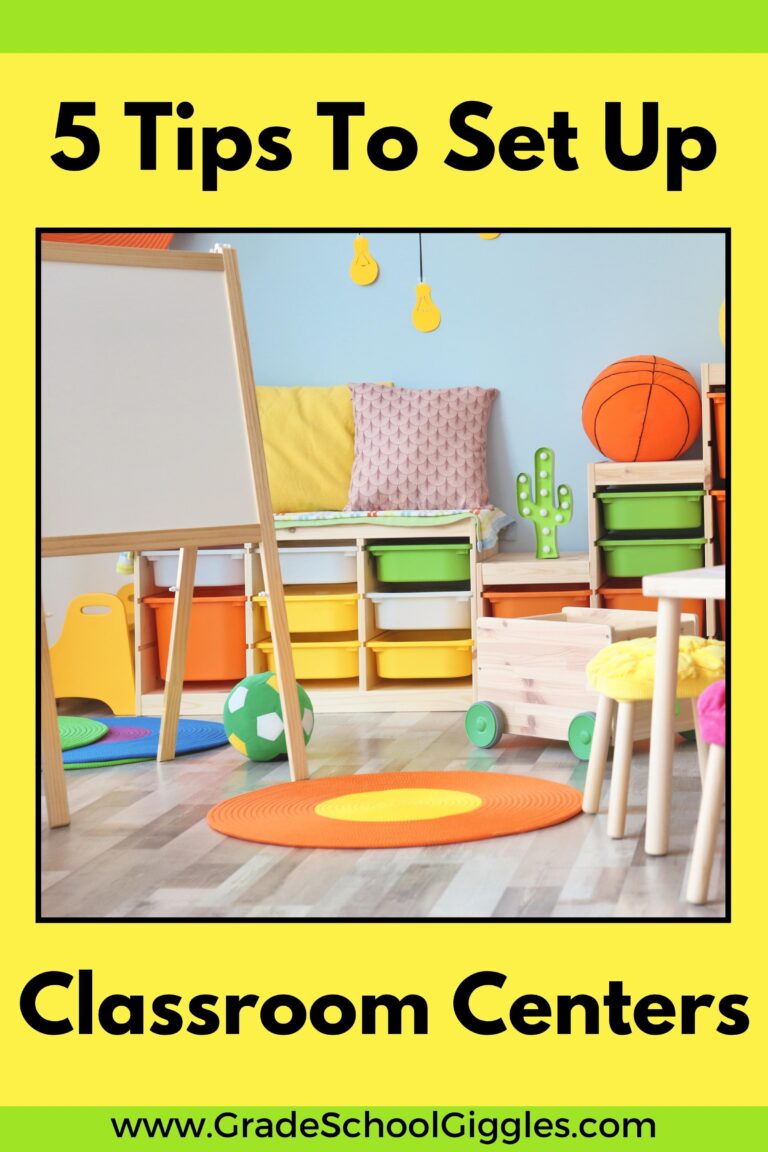Setting Up for Success with Classroom Technology
*This post may contain affiliate links.
Alright, let’s talk about setting up your classroom technology. I was blessed to have access to a lot of technology in my classroom. Yeah! My challenge was keeping it organized, protected, and accessible to my students.
- Desktops
- You should easily be able to view the screens to monitor what your students are doing.
- You will also need to consider access to plugs, the length of your cords, and where you have adequate surface space.
- Dangling cords can be a tripping hazard. They also tend to get tugged or tangled. Clip them up.
- Computers should be far enough apart that students can easily maneuver in and out of their seat.
- Mobile Devices
- You will need to have a place to store and charge devices. Plastic drawers work well. You can drill a hole through the back of the drawers to feed the cord through. Hide a power strip behind the drawers to create a charging station.
- Some districts require mobile devices to be locked up when you’re out of the room. It’s important to know what the policies are and what you are liable for if something does happen.
- If you have a sink or water fountain in your room, think about the potential splash zone when deciding where to store mobile devices.
- Headphones
- Where will you store the headphones when they are not being used? If you don’t have a plan, they are likely to be left dangling from the computers.
- Command Strip Hooks can be stuck on the side of the computers to provide a place to hang the headphones.
- With mobile devices, you probably will want to store headphones separately. Although, if you are storing your mobile devices in plastic drawers you could store one device and one set of headphones in each drawer.
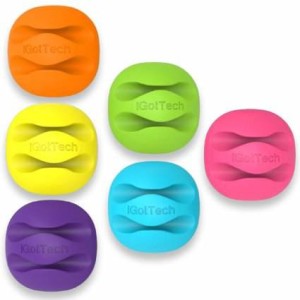
- Cords
- Logins & Passwords
- Passwords and login information can be put on laminated cards for each student. The cards can be stored in a pocket chart or hole-punched and put on a small ring.
- Make sure to keep a master copy of logins for yourself.
Protect It
- Rules & Procedures
- Teach your students that there should never be food or water near the technology.
- Teach your students to never use magnets near the technology.
- Model how to carry it with two hands in front of your chest.
- Teach your students to be gentle and be careful. Teach them to be gentle with the cords and not to force cords in or yank them out. Teach them to be gentle with the device. Explicitly teach them not to bang, thump, throw, or hit it. Yes, you should teach all of these things even though they seem obvious.
- Explain how to turn it off properly. Plan to teach this and model this a lot, especially with computers!
- Little hands drop things. Investing in a durable protective case is a must. I have this one by Griffin and it has protected my iPad for several years now. It’s held up through drops onto concrete, falling down the stairs, being thrown across the room, and even small spills.
Thanks for reading. If you’re looking for more organizational ideas and tips, you can find them here.
[/vc_column_text][/vc_column][/vc_row]
